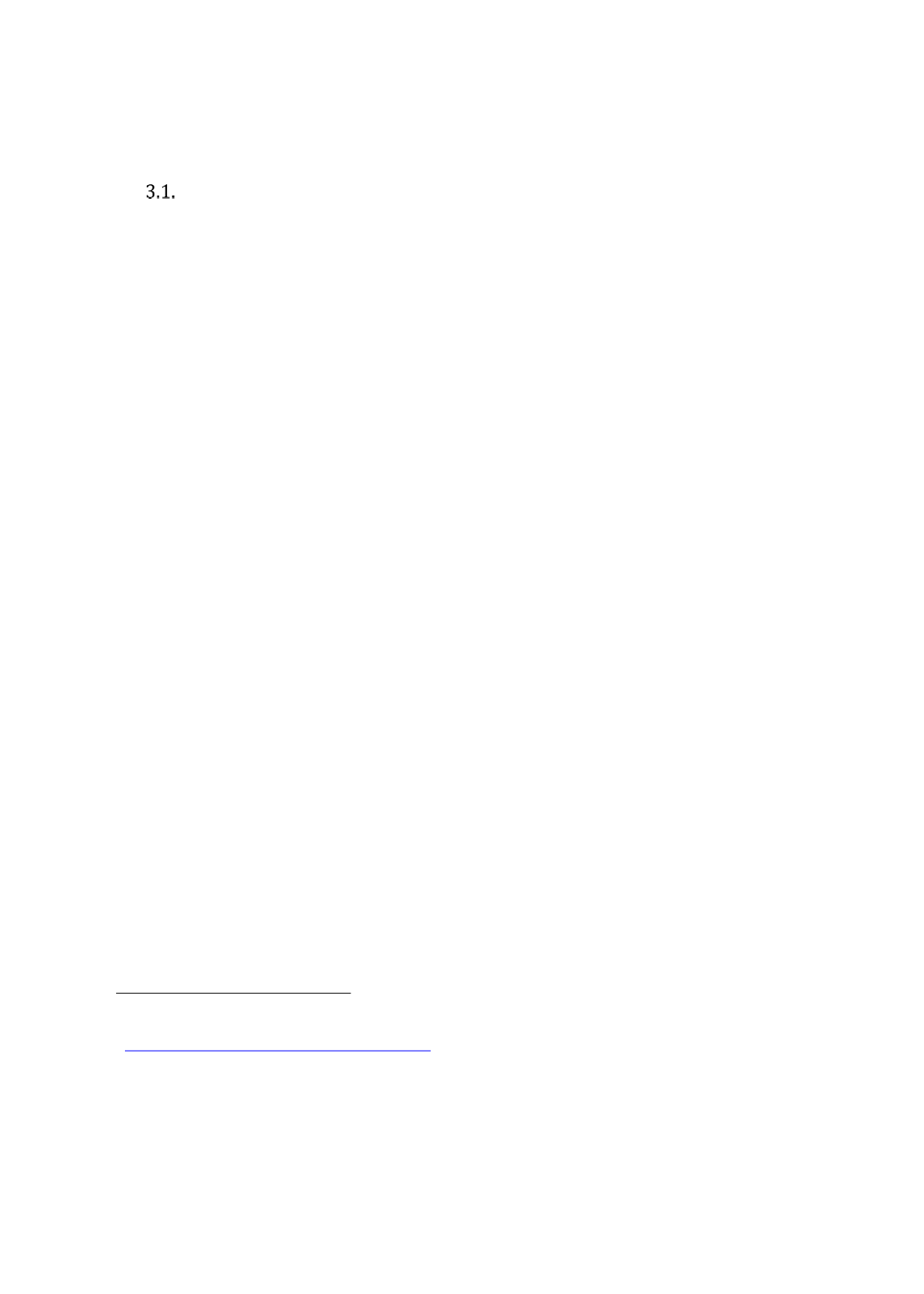

66
Jordan
3.1.1.
The Educational Landscape of the Country
The primary education system in Jordan comprises of ten years of compulsory education for
children aged 5-15 years.
1
This is followed by two years of secondary education (for children
aged 16-18 years) which is organized in two streams, academic and applied/vocational. Jordan’s
education system is one of the most flexible in the MENA region, providing choice between
academic and vocational streams. Only those attending applied secondary schools
(approximately 6 percent of students) are not provided the option of continuing education at
the tertiary level (World Bank, 2008 MENA report).
Schools in Jordan are distributed across three regions - the North, the South and the Centre.
While most schools are government owned, there is a large presence of non-state sector. Since
Islamic education is compulsory in all schools, Jordan does not have madrasahs or state-
sponsored schools specializing in Islamic education. Alongside 2787 government schools, there
are 1493 private schools.
2
According to another estimate, there are 2,254 registered private
schools under the private education authority of the Ministry of Education in Jordan (ILO 2013).
These accounted for 38 per cent of the total number of schools in Jordan and mostly
concentrated in the central region. 90.8 per cent of these are in urban locations.
3
While there are national assessments at various stages of the schooling cycle, these are seen as
low-stake as promotion is not contingent on performance in these exams. Grade repetition rate
is very low given the government policy of automatic grade promotion. Only at the end of the
academic secondary cycle (i.e. 12 years of schooling), students appear in
Tawjihi
, a General
Certificate of Secondary Education (GCSE) examination. Students enrolled in the applied stream
receive vocational training and apprenticeship and also receives a certificate upon completion.
The general secondary stream is managed by the Ministry of Education while the applied
secondary education by the Vocational Training corporation. Only basic education is
compulsory – both pre-primary education and secondary education are optional.
There are important variations in enrolment rates by stream of education and schools types. All
children are offered free primary and secondary education in government schools. However, like
many other OIC member states, many parents send children to high-fee charging private schools
which account for one third of the school going child population in urban areas. According to
EMIS data, enrolment share of private schools is highest in early grades (KG1, KG 2 and grade
1).
4
But it declines steadily across primary schooling cycle and is the lowest in secondary grades
(EMIS-Database, Ministry of Education 2014). Between 2001 and 2011, education spending as
a percentage of GDP declined from 4.9% to 3.8%. During the same period, annual government
budget as % of GDP also fell (UNICEF 2015). Private providers partly filled this void.
5
1
Pre-primary or “Early Childhood Education and Development” (ECED) is also a key segment of the country’s
education system. However in this report, our focus is only on primary and secondary education.
2 http://www.kinghussein.gov.jo/resources3.html3
According to WDI data, 32% and 19% of enrolment at primary and secondary level are in private school.
4
There are also schools that belong to the United Nations Relief and Works Agency [UNRWA] and Ministry of
Defence. But the share of these types in the overall enrolment is very small.
5
In addition to privately run schools, many education
services have been contracted out to the private sector
in Jordan since 2000 for purposes such as development of curricula and pedagogical tools, teacher trainings,
and installation of ICT equipment. (World Bank 2008 MENA).
















